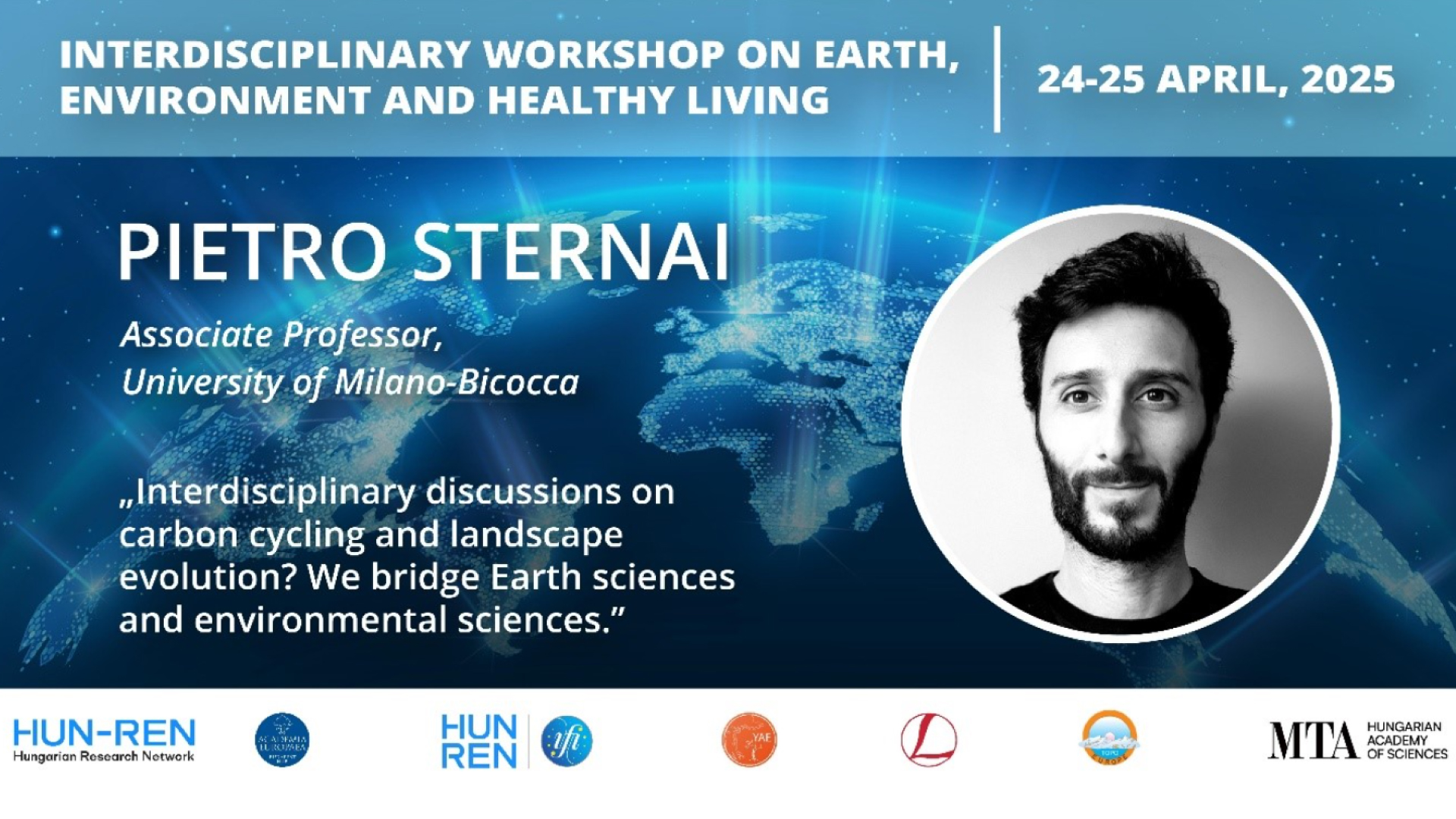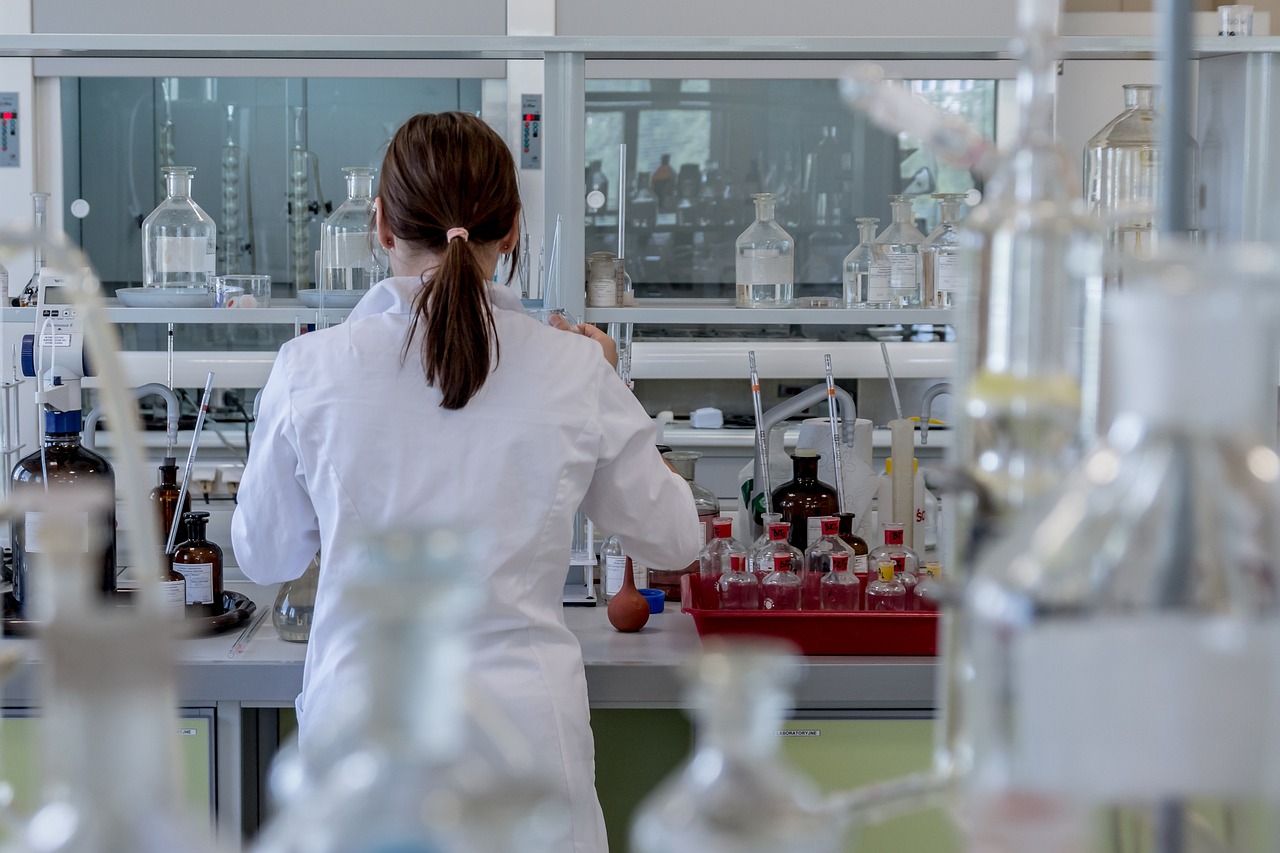The Hidden Depths of Earth – Leading International Scientists Reveal Crucial Connections
Changes in Earth's systems must be examined in their interconnectedness, as our health depends on it as well. Leading researchers from around the world will soon arrive in Budapest to deepen the dialogue between earth and environmental sciences as well as life sciences, and to seek answers to scientific questions and connections affecting our region as well. We present the first section of the event, which will closely examine the relationships between the Earth and our environment.
The conference is jointly organized by Academia Europaea and HUN-REN, and will take place in the recently inaugurated headquarters of the Hungarian Research Network at 29 Alkotmány Street. This will be the first event hosted by HUN-REN since it became a supporting member of the European scientific organization. In addition to HUN-REN, the Academia Europaea Budapest Knowledge Hub is serving as co-organizer.
In the opening presentation, Dutch researcher Sierd Cloetingh, Chief Scientist at the HUN-REN Institute of Earth Physics and Space Science (HUN-REN EPSS) and the Utrecht University Distinguished Professor, will discuss the connections between surface and deep Earth processes. As the keynote speaker of the two-day event, he will present perspectives from TOPO-EUROPE, with a special focus on societal challenges related to climate and energy.
The functioning of our planet is closely linked to plate tectonics, affecting climate, surface conditions, and living organisms. The emerging scientific field of biogeodynamics examines these relationships to better understand the connections between Earth's life forms and the planet's evolution - a topic that Taras Gerya, associate professor at the Department of Earth and Planetary Sciences at the University of Zurich, will illustrate in his presentation. Research suggests that the emergence and sustainability of technological civilizations require a delicate balance among Earth's crust, deep oceans, and plate tectonics - a condition believed to be rare in the universe.
Soil, the thin yet vital layer of our planet, provides us with food, clean water, and raw materials, and plays a role in carbon storage and climate regulation. Despite this, many people underestimate its importance. The Nantesbuch Art and Nature Foundation aims to raise awareness about the significance of soil by creating an international network of experts that connects science, art, and culture. Their initiative aims to help people better understand the importance of soil protection through both aesthetic and scientific approaches, encouraging its sustainable use for the benefit of future generations. Reinhard Hüttl, Scientific Director of EEI Eco-Environment Innovation GmbH, will discuss this topic in detail.
Our Earth functions like a living mechanism, shaped by interconnected geological and climatic processes. In the past, these processes were studied separately, but modern research demonstrates that everything from Earth's depths to the atmosphere is interrelated. Today, scientists use modeling techniques to better understand these connections and uncover hidden interactions. Pietro Sternai, who joins the Budapest conference from the University of Milan, employs such methods. He emphasizes that understanding these processes is crucial because addressing extreme planetary changes - such as climate change - requires comprehensive knowledge of how Earth's systems operate.

Laura Petrescu, an expert from Romania's National Institute for Earth Physics, will explain that earthquakes typically involve the fracturing of rocks, but at greater depths, heat and pressure cause rocks to become more ductile, making traditional earthquake mechanisms less applicable. According to the researcher, some deep earthquakes, such as those occurring in the Vrancea seismic zone, even surprise scientists. Vrancea is located beneath the southeastern Carpathians, far from major plate boundaries, and earthquakes there occur at depths where, theoretically, they shouldn't. The presentation will explore the reasons behind these unusual seismic events.
The detailed program of the event at the end of April is available here.

